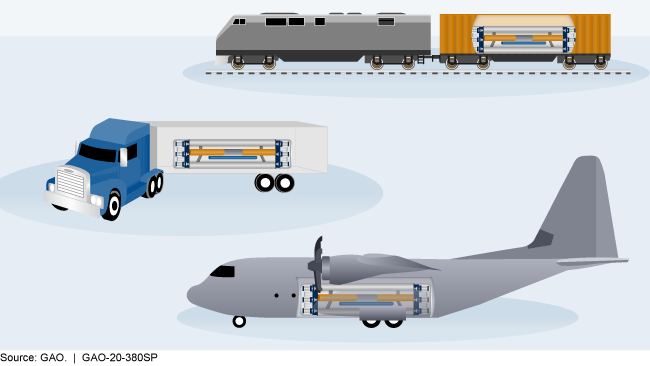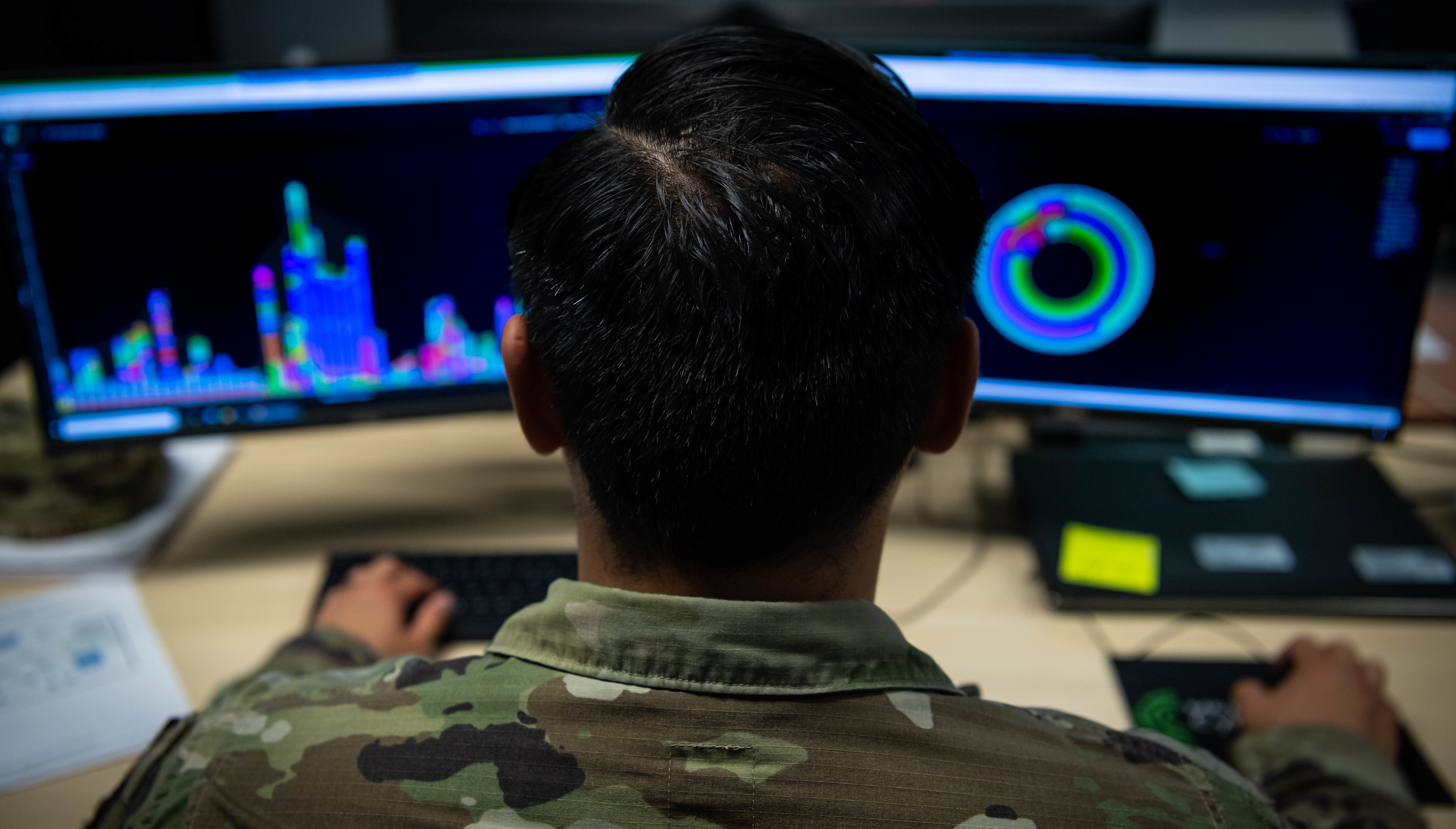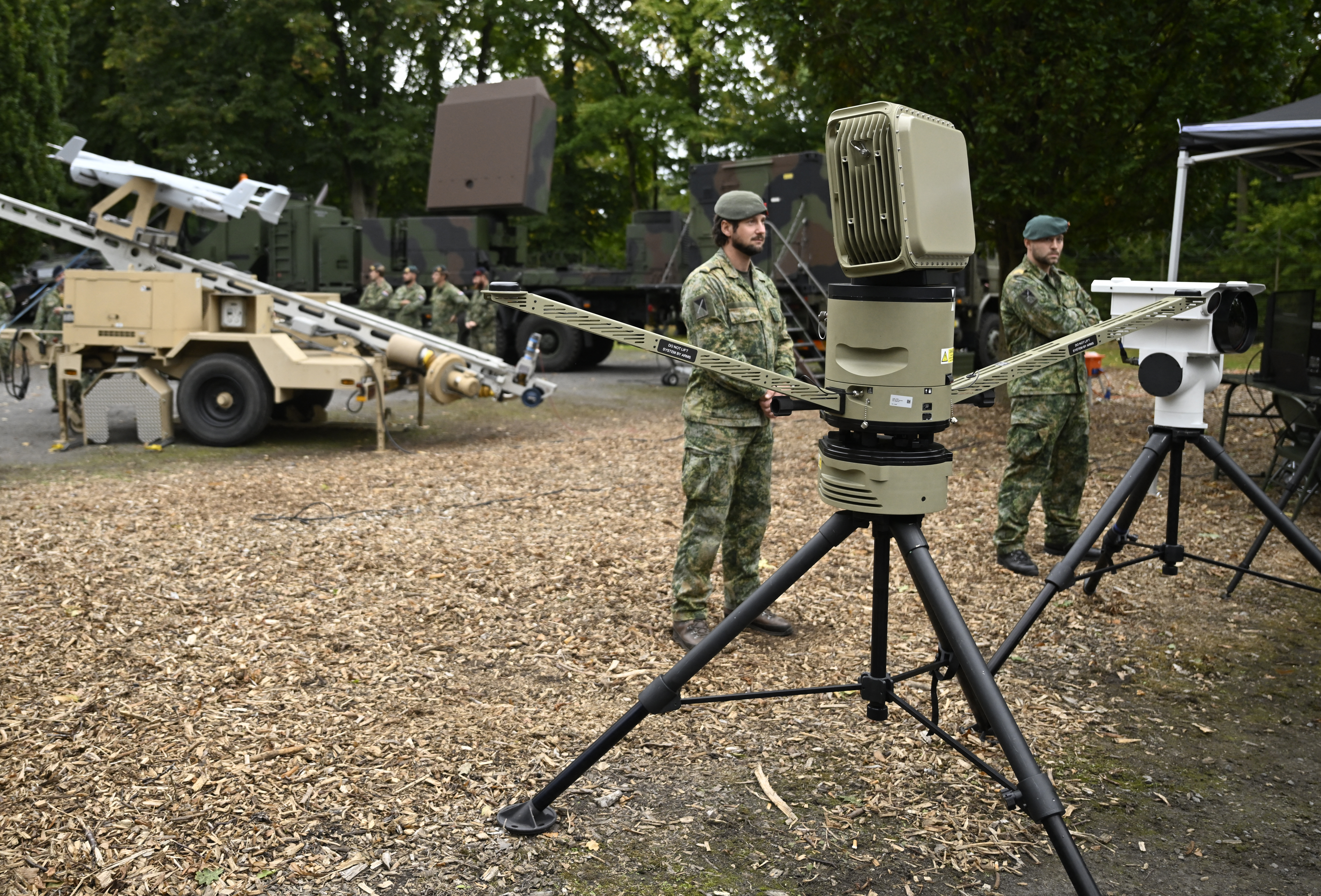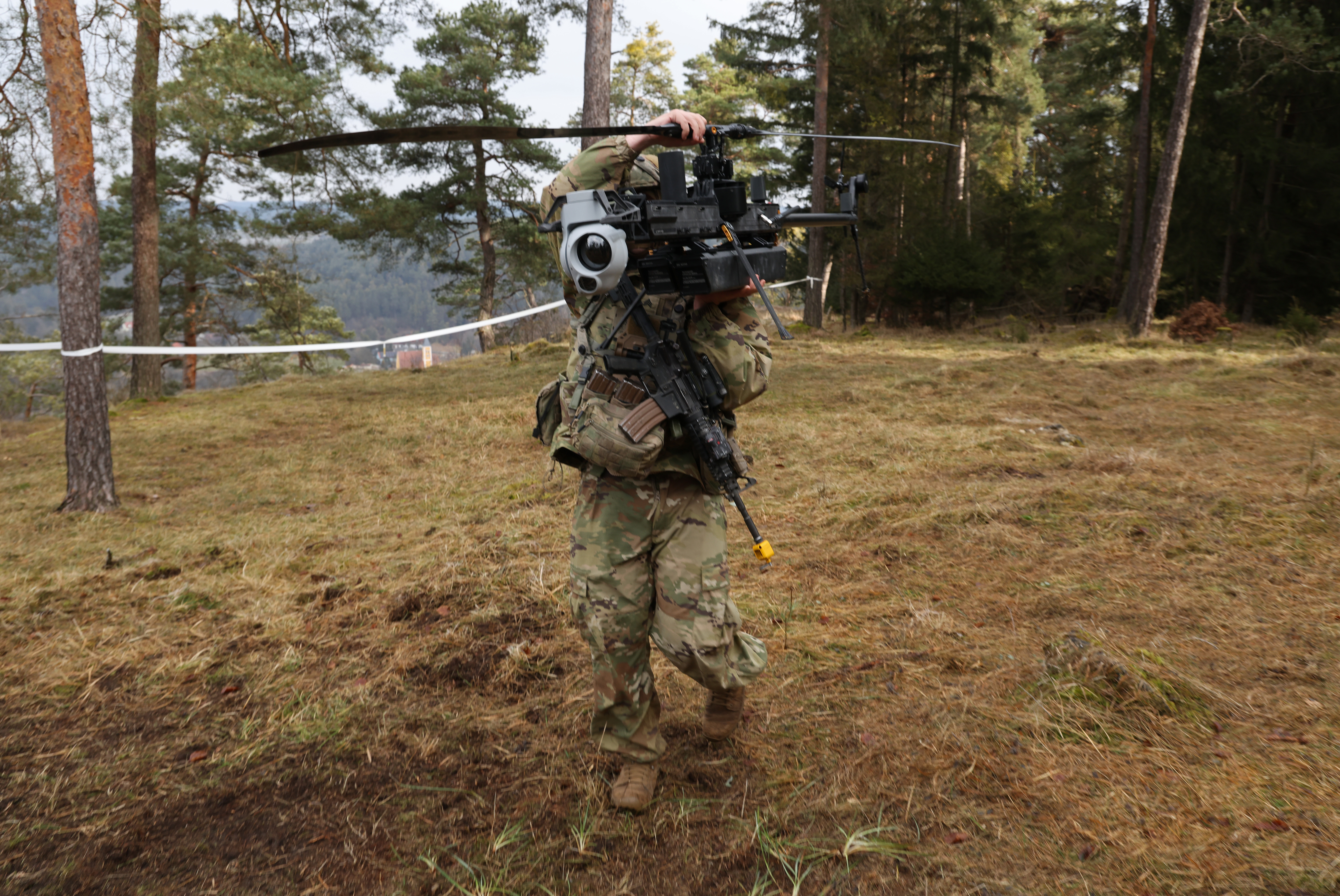
The military’s first commercial microreactor moved a step closer to reality on June 11, when the Air Force announced it plans to award a contract for the technology to Oklo, a nuclear-energy company.
Under the forthcoming contract, Oklo would build and operate a 5-megawatt microreactor at Eielson Air Force Base, Alaska, home of the 354th Fighter Wing. Oklo will own the reactor while the Air Force buys the power it generates. The service will hash out the price of the contract and the rate it will pay for power during contract negotiations.
Service officials say the new technology could help make bases more efficient and resilient, particularly at isolated locations such as Eielson, where winter temperatures colder than -50 degrees drive hefty fuel bills for heating and power. The microreactor is part of a larger push by the Air Force to make installation power more reliable and secure from cyberattacks and natural disasters.
“The United States faces a critical national security imperative to ensure four things: safe, secure, resilient and reliable energy supply, and we need to do that for all of our critical defense capabilities,” Nancy Balkus, deputy assistant secretary of the Air Force for infrastructure, energy, and environment, told reporters on a June 11 media call. “Advanced nuclear energy technologies such as microreactors offer on-site electrical and thermal energy generation that’s really unparalleled for our operational benefits, and that’s why we’re trying to pursue it here at Eielson.”

The Department of Energy defines microreactors as having three features: They can be fully assembled in a factory; transported in their fully assembled form via rail, ship, truck, or another common shipping method; and use passive safety systems to avoid overheating or a meltdown, to avoid needing a large number of workers with specialized training to operate them. The fuel source—in this case, low enriched uranium—means the Oklo microreactor can operate about 10 years between refueling, said Oklo Chief Executive Officer and Co-Founder Jacob DeWitte.
Balkus did not have an estimate for when the microreactor will be up and running. The project must check off several remaining steps, including an environmental analysis, the contract negotiating and licensing process, approval from the Nuclear Regulatory Commission, and construction. Balkus told Air & Space Forces Magazine in April she hoped the reactor would be complete before 2030. The project is running 18 months late due to formal protests of the service’s selection process.
Should it be built, the microreactor would supplement Eielson’s existing coal-fired power plant, which has a max capacity of 23 megawatts. The normal demand is around 10 to 12 megawatts in the summer, but it jumps to between 18 and 19 megawatts during the winter, explained Col. Paul Townsend, commander of the 354th Fighter Wing. The demand has grown since F-35s began arriving in 2020.
“Just like how you don’t run your car at full throttle all the time, even though you have this theoretical max capacity, you operate at a lower level for the longevity of the system,” Townsend said.
In the future, the Air Force may explore upping the share of base power generated by microreactors, Balkus said. But for now, the focus is on proving the concept in the Arctic, where permafrost degradation, seismic activity, short construction seasons, and expensive logistics make building a challenge. But DeWitte is confident in the reactor, noting the success of similar projects in Washington state and Idaho.

The Eielson reactor could be the first of many. In April, Air & Space Forces Magazine reported that the Air Force could equip up to nine bases with microreactors, though which bases remain to be seen. The other microreactors will come from the Advanced Nuclear Power for Installations program, known as ANPI, a Defense Innovation Unit effort launched last year with the Air Force and the Army. DIU selected eight firms to be eligible for contracts to build at those installations.
Air Force officials have flagged energy infrastructure as a key vulnerability in a conflict, as supply chains providing fuel to generators can be disrupted and electric grids hacked. A base dependent on fossil fuels to power its backup generators may be paralyzed by a fuel shortage, but a base that uses solar panels, wind turbines, biomass, nuclear microreactors, or fossil fuel-powered generators could keep running even if one source was offline.
Those sources can be linked through a microgrid, which would reduce the base’s independence on nearby civilian grids. Smaller, more mobile microreactors may even help supply power to temporary airfields as part of the Air Force’s agile combat employment strategy.
The effort dovetails with tech companies’ growing appetite for microreactors to fuel the power-hungry data centers used to develop artificial intelligence.
Boosting energy resilience is one priority of the installation infrastructure action plan the Air Force unveiled in November. Among other steps, the plan called for installing microgrids at two Space Force bases and 14 Air Force bases by fiscal 2030. One microgrid kept the lights on at Kadena Air Base, Japan, after a typhoon hit the base in 2023.
Ravi Chaudhary, a former Air Force installations boss who architected the action plan and backs the Eielson project, applauded the June 11 announcement.
”Burgeoning demands in the Indo-Pacific, to include the rising threat of China, when coupled with our furious pace of modernization requires a novel approach to energy,” he told Air & Space Forces Magazine. “That’s why we pushed so hard for both the [microreactor] and an accelerated timeline. Our installations can’t wait on this any longer.”
Concept art for the Eielson microreactor powerhouse may look familiar to U.S. Air Force Academy graduates: DeWitte said the design was inspired in part by the academy chapel.
“We love that architecture style, so it’s kind of neat that we get to be able to tie all these things together,” he said.
The post Air Force Moves Ahead with Military’s First Microreactor appeared first on Air & Space Forces Magazine.

Energy Management, 354th Fighter Wing, Eielson Air Force Base, energy resilience, microreactor, nuclear energy, Oklo
Air & Space Forces Magazine
[crypto-donation-box type=”tabular” show-coin=”all”]







